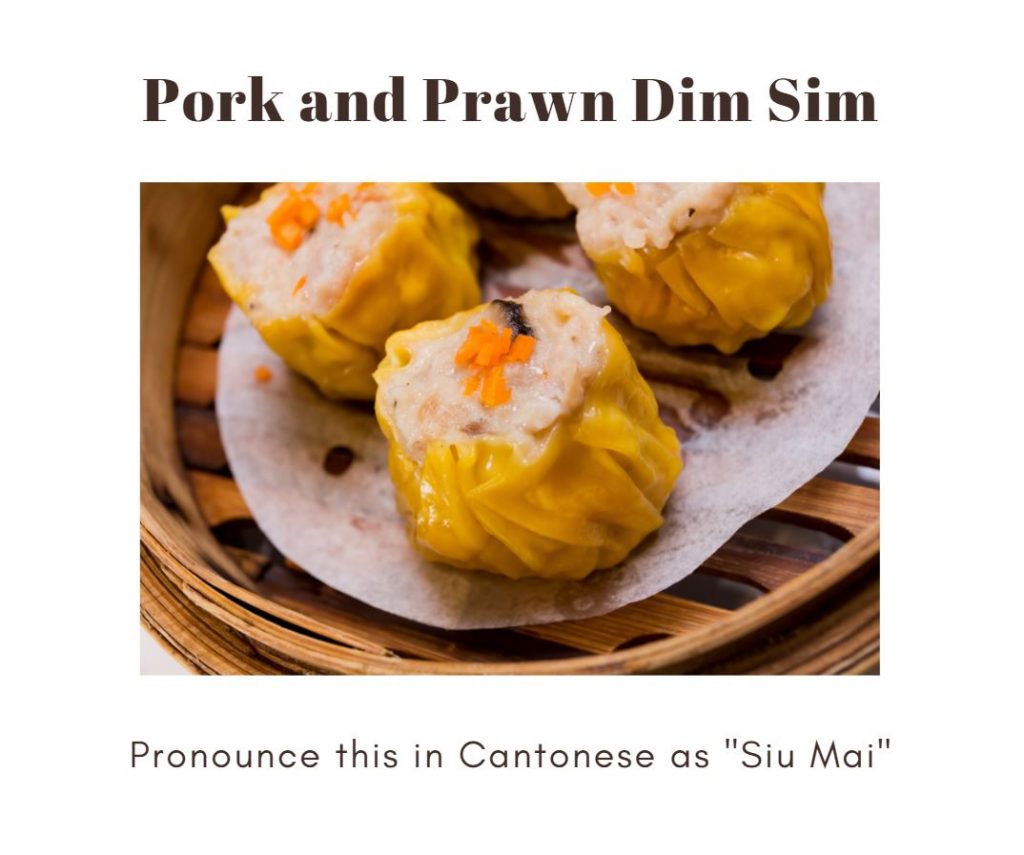Siu Mai was made to Cook and Sell
“Siu Mai” literally translates into “Cook sell” in Cantonese, hinting toward the popular dim sum dish’s origin. Siu Mai were made to sell, often in teahouses to busy salesmen. On the Silk Road, there were many stops where you could enjoy tea and a plate of these steaming pork-filled dumplings. Because of their high demand, Siu Mai are easy-to-make, compact and tasty.


Yum Cha has Cantonese origins
A serving which you may see at any Sydney Chinese restaurant will consist of four dumplings. Each of these dumplings will have a filling of pork, with thin wonton-skin wrapped around it. Once steamed, this wonton-skin becomes soft in texture and accompanies the flavourful taste of the meat well. Delicately garnished on top will be a spot of crab eggs, or grated carrot. Pork is usually what fills a Siu Mai, but variants around the world may include shrimp, or more luxurious seafood.


What makes Dim Sum special?
The satisfaction which you get from eating a Siu Mai will be because of the extra pork fat which has been added to the filling. The filling is usually minced pork, made all the more savoury with a mix of sesame sauce, ginger, garlic & Shaoxing rice wine. The wrapping, made from wheat flour, eggs, salt and water, holds the meaty centre while the Siu Mai is steamed. The end result? An open-air dumpling displaying its tasty insides. Our tip when eating Siu Mai, is to dip it in two different sauces. First, soy sauce. Then, something with more of a kick, like Sriracha.


A gathering of friends and family
Siu Mai is considered part of the “Guangdong Big Three”, along with Ha Gao (prawn dumplings) and Char Siu Bao (barbeque pork fluffy buns). But you don’t need an online language class to order this dish. Considered a classic dim sum which you would find at any Sydney yum cha restaurant, Siu Mai can also be found in Indonesian, Filipino and Vietnamese cultures. Even at a Japanese restaurant, you might find their variation of Siu Mai. Its ingredient base would be slightly different though. For example, in other parts of China, Siu Mai is called Shu Mai, and the filling is made of sticky rice instead of fatty minced pork.
Siu Mai populates the carts of street vendors, to glamorous Chinese restaurants. It’s definitely one of the ‘safer’ choices for yum cha, and its reputation precedes its name. It’s convenient, simple and very tasty.

